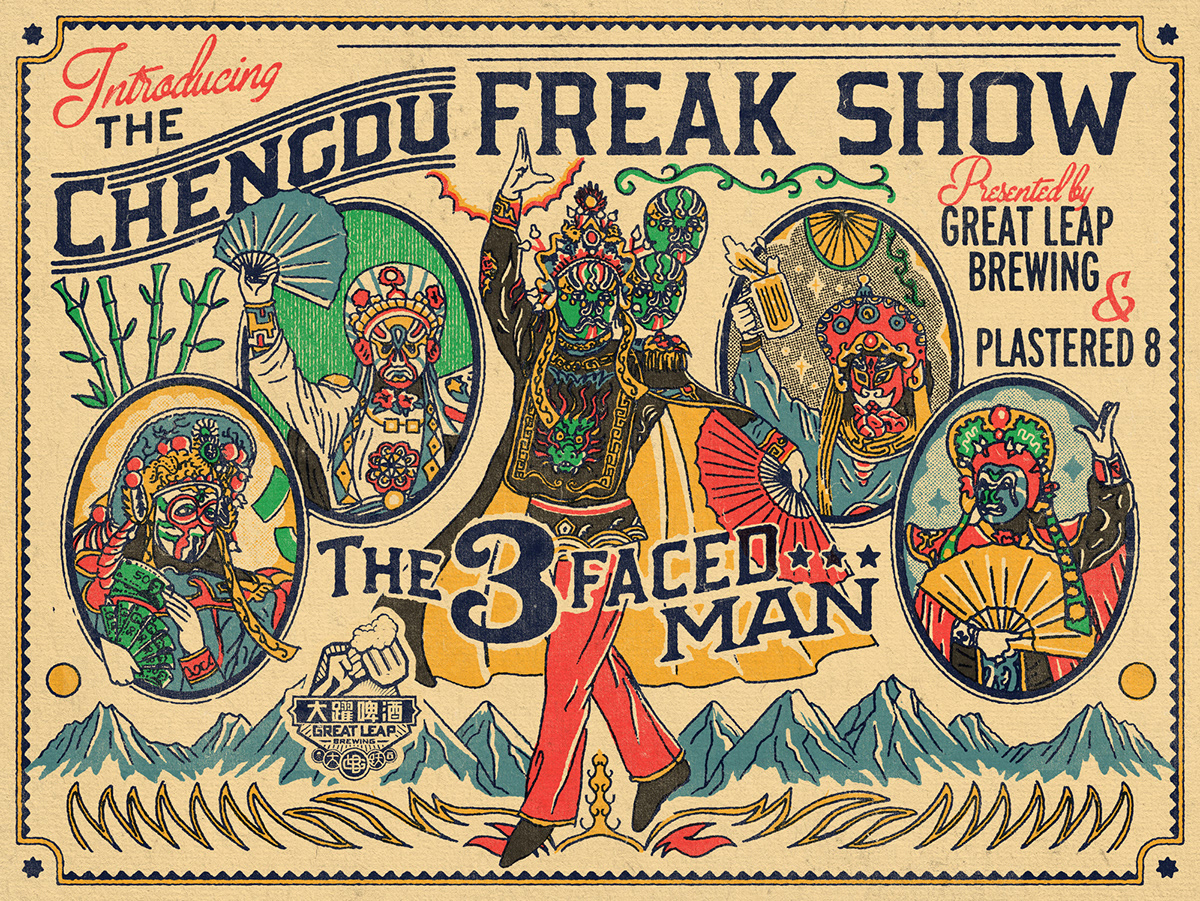The term “freak” is derived from the Old English word “frecius”, meaning “capricious” or “cavorting.” It was first used during the 17th century in European museums and circus sideshows. The term was later adopted by naturalists as a more scientific and esoteric way to describe organisms that did not fit the average of their species. In the early 18th century, the concept of the “freak” reached its height in Europe, when the naturalists toured the continent with exotic animals and charged admission to view their ‘cabinets of curiosities.
Initially, the term “freak show” could refer to a nontheatrical exhibit, such as a rare animal or human. But over time, the term had come to refer to humans as well. Originally, these shows were known as “raree shows,” “pit shows,” or “kid” shows. Eventually, the word “freak” came to mean a nontheatrical show of animals.
The term “freak show” has its roots in American history. In the 17th century, it referred to a variety of nontheatrical exhibitions, ranging from exotic animals to humans. The term “freak” was a pejorative term at that time, and many of the freaks of the industry had little to do with the industry. They were also referred to as “raree shows,” “pit shows,” and “kid shows.” Some of them were also exploited by their promoters and audiences.
Freaks of the industry are a unique genre of entertainment. As a result, there are several different types of freaks. Some of the more common types are circus, and burlesque performers. But the term “freak” was first used in 1738 as a derogatory term for humans. The first examples were called pit shows, kid shows, and raree shows. But after the death of P.T. Barnum, the term was used for circus entertainment.
Freaks of the industry are not limited to the circus. They also exist in the United States. During the 17th century, people were able to exhibit exotic animals and humans. The term “freak” was often a pejorative term, but it was not deemed a pejorative term until the late 19th century. Some freaks were unprofessional or exploited by their promoters.
Aside from circus performers, there were also circus freaks in the early days of the industry. Though not professionally organized, these performers were usually nontheatric and appeared in contexts of theatrical performances and scientific lectures. A dime museum was a new form of entertainment in America. However, despite the lack of professionalism, some of them were still exploited by both audience and promoters. So, today, there are two types of freaks: acrobats and those exhibiting maladies.
Freaks of the industry have been popular in the United States for many years. Their popularity has increased dramatically in recent years, and their appearance on stage and in films have surpassed the popularity of music. While they are widely accepted by critics, they are still considered a novelty in the industry. If you want to get more information on the origins of the term “freaks of the industry,” make sure to read the book.
There is a variety of different types of freaks in the film industry. In the movie “Freaks of the industry,” a few of them were once considered outcasts. They were cast as children and were often mocked. In the same way, they were not regarded as a threat to society. In the meantime, they were exploited for their physical appearances. Some became famous in movies that were based on their disabilities.
Some of the most famous freaks of the industry are those from the Harry Potter series, based on Harry Potter novels and films. The most famous examples of these freaks are known as the Bully and the Nagini, and they were considered a part of the movie’s creative universe. Among the famous characters in this film are the Obscurial and the Maledictus, both of whom are a “freak”.







